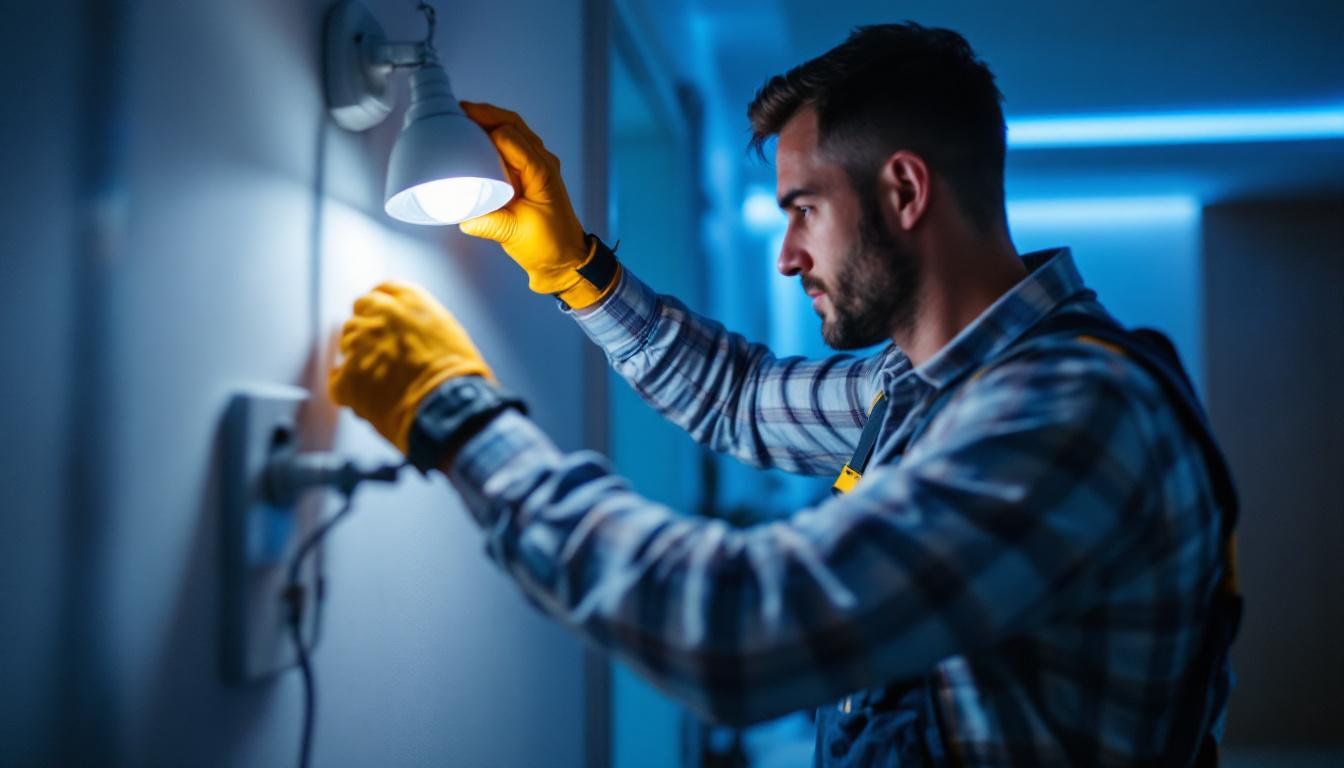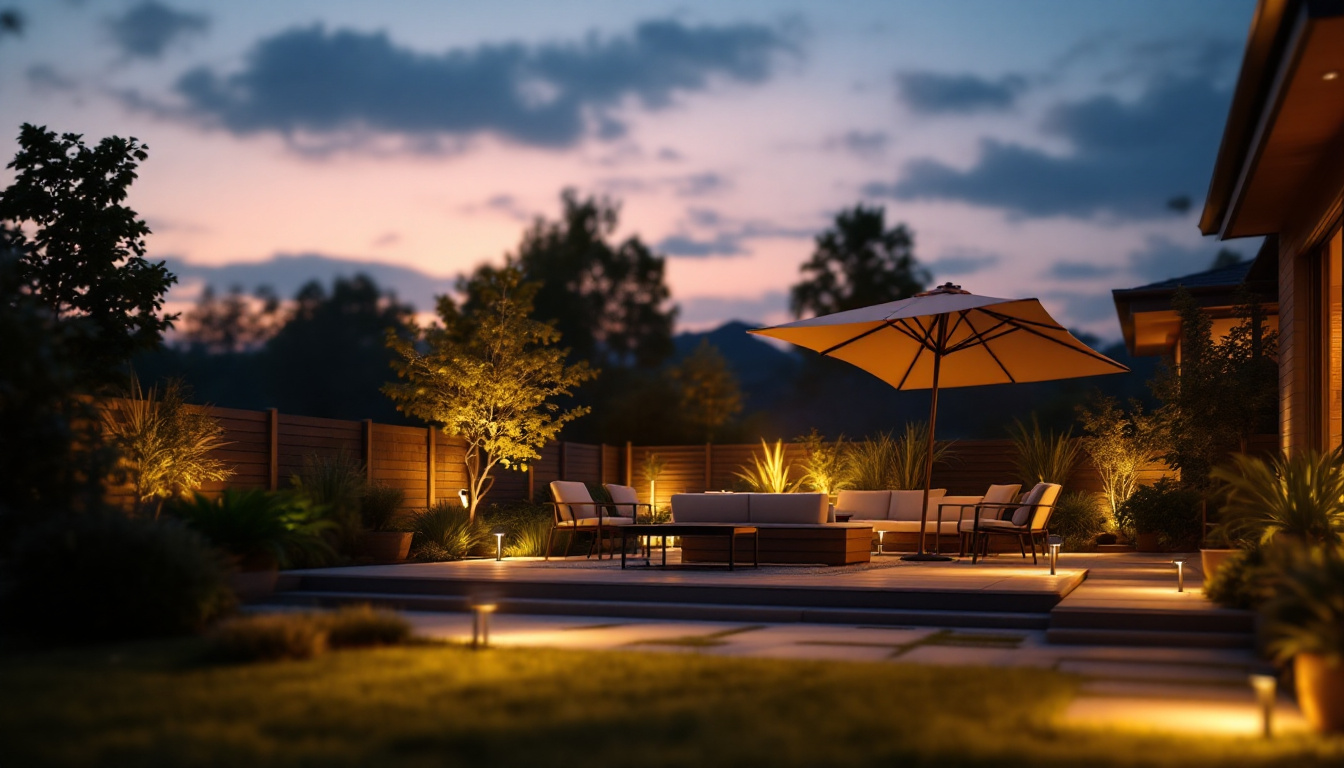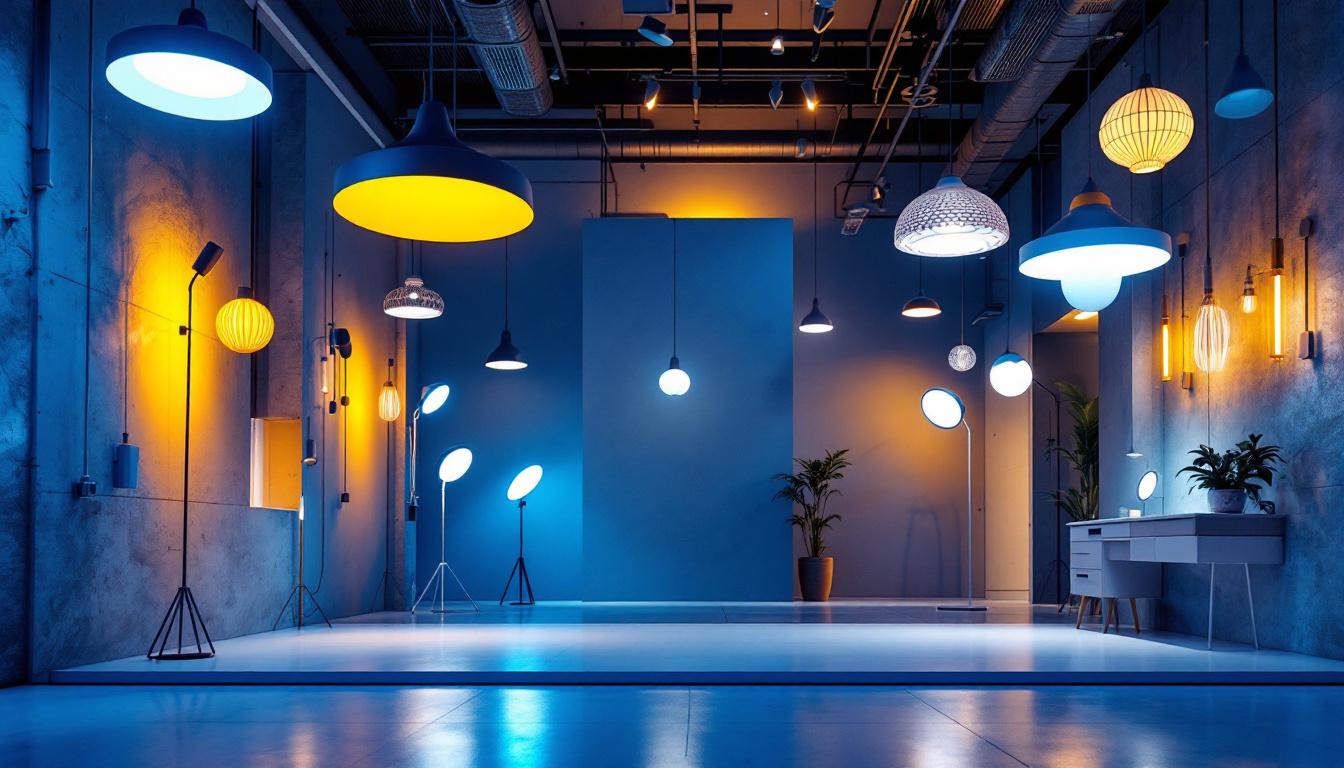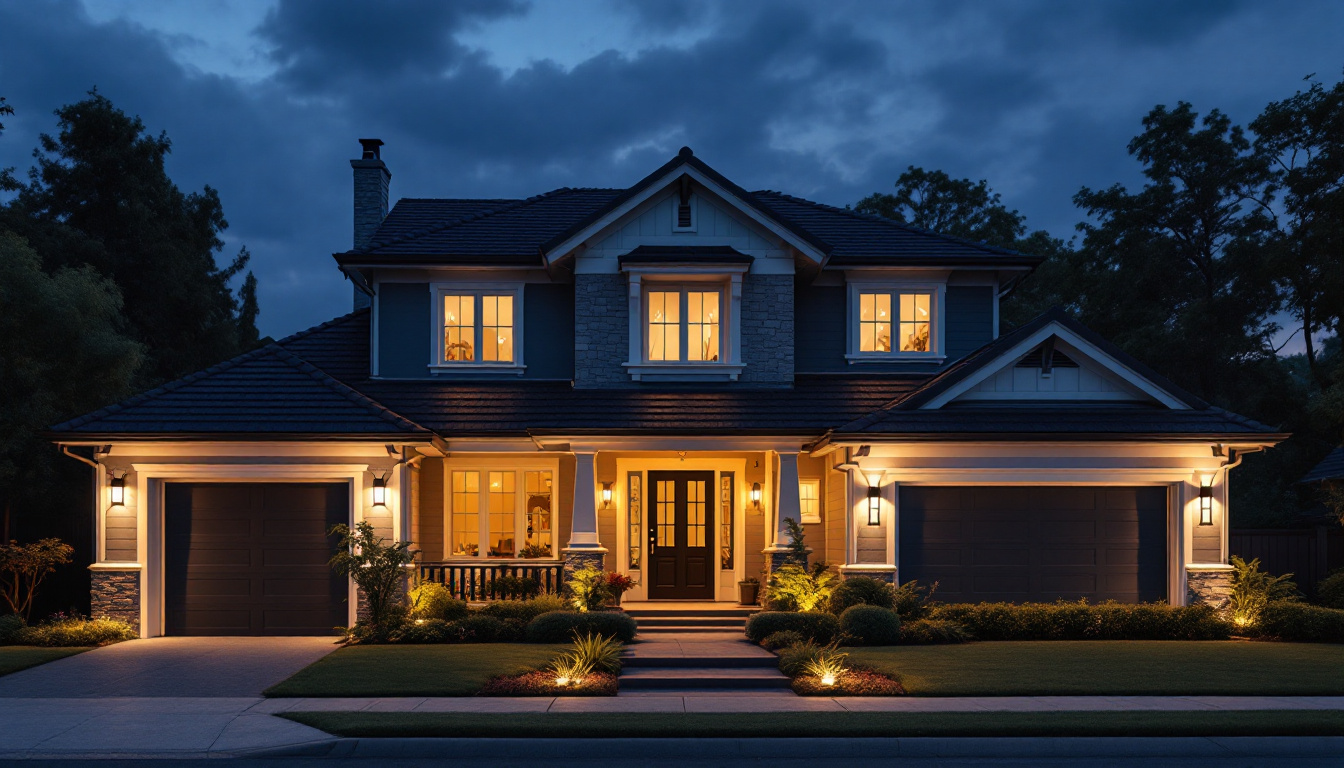
As the demand for energy-efficient lighting solutions continues to rise, lighting contractors are increasingly tasked with replacing traditional lighting systems with LED alternatives. This transition not only benefits the environment but also enhances the overall quality of lighting in various settings. However, navigating the complexities of LED replacements can be challenging. This article aims to provide expert advice tailored specifically for lighting contractors, ensuring they are well-equipped to tackle LED replacement projects effectively.
Before diving into the practical aspects of LED replacements, it is crucial for lighting contractors to have a solid understanding of LED technology. This knowledge will enable them to make informed decisions and provide clients with the best solutions. A comprehensive grasp of how LEDs function, their various types, and their applications can significantly enhance a contractor’s ability to recommend the right products for specific projects.
Light Emitting Diodes (LEDs) are semiconductor devices that emit light when an electric current passes through them. Unlike traditional incandescent or fluorescent bulbs, LEDs are more energy-efficient and have a longer lifespan. They convert a higher percentage of energy into light rather than heat, making them an ideal choice for various applications. The technology behind LEDs has evolved rapidly, with advancements leading to the development of different types, such as RGB LEDs, which can produce a wide spectrum of colors, and high-power LEDs, which are suitable for outdoor and industrial lighting. Understanding these variations allows contractors to tailor their lighting solutions to meet specific needs, whether for residential, commercial, or industrial environments.
The advantages of LED lighting extend beyond energy efficiency. LEDs offer superior color rendering, instant illumination, and dimming capabilities. Additionally, they are environmentally friendly, containing no harmful substances like mercury. For lighting contractors, these benefits translate into satisfied clients and potential for repeat business. Furthermore, the durability of LEDs means they are less likely to break or require frequent replacements, which can significantly reduce maintenance costs over time. This reliability is particularly appealing for businesses that rely on consistent lighting for operations, as it minimizes downtime and enhances productivity.
Despite their growing popularity, there are still misconceptions about LED technology. Some clients may believe that LEDs provide harsh lighting or are too expensive upfront. Educating clients about the long-term savings and quality improvements can help dispel these myths and encourage them to make the switch. Additionally, it is important to address the misconception that all LED lights are the same; in reality, the quality of LEDs can vary significantly between manufacturers. By guiding clients toward reputable brands and products, contractors can ensure they receive the best performance and longevity from their lighting investments. Moreover, discussing the advancements in LED technology, such as smart lighting features that allow for remote control and automation, can further excite clients about the possibilities that come with upgrading to LED solutions.
Every lighting project is unique, and understanding the specific needs of clients is vital for successful LED replacements. Conducting a thorough assessment can help contractors tailor their approach and ensure optimal results. This initial phase sets the foundation for a project that not only meets but exceeds client expectations, creating a partnership built on trust and transparency.
Before recommending LED replacements, contractors should evaluate the existing lighting systems. This involves assessing the type of fixtures, wattage, and overall performance. Understanding the current setup will help in selecting appropriate LED alternatives that match or exceed the client’s expectations. Additionally, examining the layout and distribution of light can reveal areas that may require enhanced illumination or adjustments to improve efficiency. By taking the time to analyze these factors, contractors can propose solutions that not only enhance functionality but also improve the overall ambiance of the space.
Clients may have different goals for their lighting projects. Some may prioritize energy savings, while others might focus on aesthetics or specific lighting effects. Engaging in open discussions with clients about their objectives will allow contractors to align their recommendations with the desired outcomes. It’s also important to consider the specific activities that will take place in the space, as this can influence the type of lighting needed. For instance, a workspace may require bright, focused lighting to enhance productivity, while a restaurant might benefit from softer, warmer tones to create a more inviting atmosphere. Understanding these nuances can lead to more tailored and effective lighting solutions.
Budget is often a significant factor in lighting projects. While LEDs may have a higher initial cost, the long-term savings on energy bills and maintenance should be highlighted. Providing clients with a clear breakdown of costs and potential return on investment can facilitate informed decision-making. Furthermore, discussing financing options or available incentives for energy-efficient upgrades can help clients feel more comfortable with their investment. It’s essential to emphasize not just the immediate financial implications, but also the environmental benefits of switching to LED technology, such as reduced carbon footprints and lower energy consumption. This holistic approach can resonate with clients who are increasingly conscious of sustainability in their purchasing decisions.
Choosing the right LED products is crucial for ensuring client satisfaction and project success. With a plethora of options available, lighting contractors must be discerning in their selections.
When replacing traditional bulbs with LEDs, it is essential to understand the relationship between lumens and watts. Lumens measure the amount of light produced, while watts indicate energy consumption. Contractors should aim to provide clients with LEDs that deliver the same or greater lumens while using fewer watts, ensuring energy efficiency without compromising brightness.
Color temperature, measured in Kelvin, affects the ambiance of a space. Warmer temperatures (around 2700K) create a cozy atmosphere, while cooler temperatures (5000K and above) are suitable for task-oriented areas. Additionally, the Color Rendering Index (CRI) measures how accurately colors appear under a light source. Selecting LEDs with a high CRI can enhance the overall aesthetic and functionality of a space.
Not all LED products are compatible with existing fixtures. Contractors should verify that the chosen LEDs can be integrated seamlessly into the current setup. This may involve selecting retrofit kits or ensuring that the new fixtures meet the necessary specifications for installation.
Proper installation is critical to the performance and longevity of LED lighting systems. Following best practices can help contractors avoid common pitfalls and deliver high-quality results.
Before installation begins, it is essential to prepare the site adequately. This includes ensuring that the electrical system is up to code and that any necessary repairs or upgrades are completed. A clean and organized workspace will facilitate a smoother installation process.
Each LED product comes with specific manufacturer guidelines for installation. Contractors should familiarize themselves with these instructions to ensure compliance and avoid voiding warranties. Adhering to these guidelines will also help in optimizing the performance of the lighting system.
After installation, testing the lighting system is crucial. This involves checking for proper functionality, light distribution, and any potential flickering issues. Conducting a thorough quality assurance process will ensure that clients are satisfied with the final product and that the system operates as intended.
Encouraging clients to conduct routine inspections of their LED systems can help identify potential issues early on. This includes checking for any signs of damage, ensuring fixtures are clean, and verifying that all components are functioning correctly. Regular inspections can prevent costly repairs and extend the life of the lighting system.
Dust and debris can accumulate on LED fixtures, affecting their performance and appearance. Contractors should advise clients on proper cleaning techniques, such as using a soft cloth and mild cleaning solutions. Providing guidance on how often to clean fixtures based on their environment can also be beneficial.
As technology continues to evolve, clients may benefit from upgrading their LED systems in the future. Lighting contractors should stay informed about the latest advancements in LED technology and be prepared to offer upgrade options when the time comes. This proactive approach can enhance client satisfaction and position contractors as trusted advisors in the lighting industry.
The lighting industry is constantly evolving, with new technologies and trends emerging regularly. For lighting contractors, staying informed about these developments is essential for maintaining a competitive edge.
Attending training sessions and workshops can provide valuable insights into the latest LED technologies and installation techniques. Many manufacturers offer training programs that cover product specifications, installation best practices, and troubleshooting tips. Engaging in continuous education can enhance a contractor’s skill set and improve service quality.
Building relationships with other lighting professionals can facilitate knowledge sharing and collaboration. Networking events, trade shows, and industry conferences provide opportunities to connect with peers, learn about emerging trends, and discover innovative products. These connections can lead to valuable partnerships and referrals.
The internet is a treasure trove of information for lighting contractors. Online forums, webinars, and industry publications can keep contractors updated on the latest news and advancements in LED technology. Subscribing to reputable sources and engaging with online communities can foster ongoing learning and professional growth.
LED replacements present significant opportunities for lighting contractors to enhance their service offerings and meet the growing demand for energy-efficient solutions. By understanding LED technology, assessing client needs, selecting the right products, and following best installation practices, contractors can ensure successful projects that satisfy clients and contribute to a sustainable future. Staying informed about industry trends and fostering client education on maintenance will further solidify a contractor’s reputation as a knowledgeable and reliable professional in the lighting industry.
Ready to elevate your lighting projects with the best LED solutions on the market? Look no further than LumenWholesale, where we provide contractors with top-quality, spec-grade lighting products at unbeatable wholesale prices. Say goodbye to local distributor markups and hello to superior lighting products that meet the highest industry standards. With our hassle-free bulk buying and free shipping, you can ensure every LED replacement project shines with excellence. Don’t compromise on quality or value—Wholesale Lighting at the Best Value is just a click away. Choose LumenWholesale for the perfect blend of quality, affordability, and convenience.

Discover the transformative impact of solar patio lights on modern outdoor spaces and why staying informed is crucial for lighting contractors.

Discover the latest trends in solar lighting that every contractor needs to know.

Discover how dusk to dawn flood light fixtures can be a game-changer for lighting contractors.

Discover the key factors that distinguish top lighting contractors in the industry.